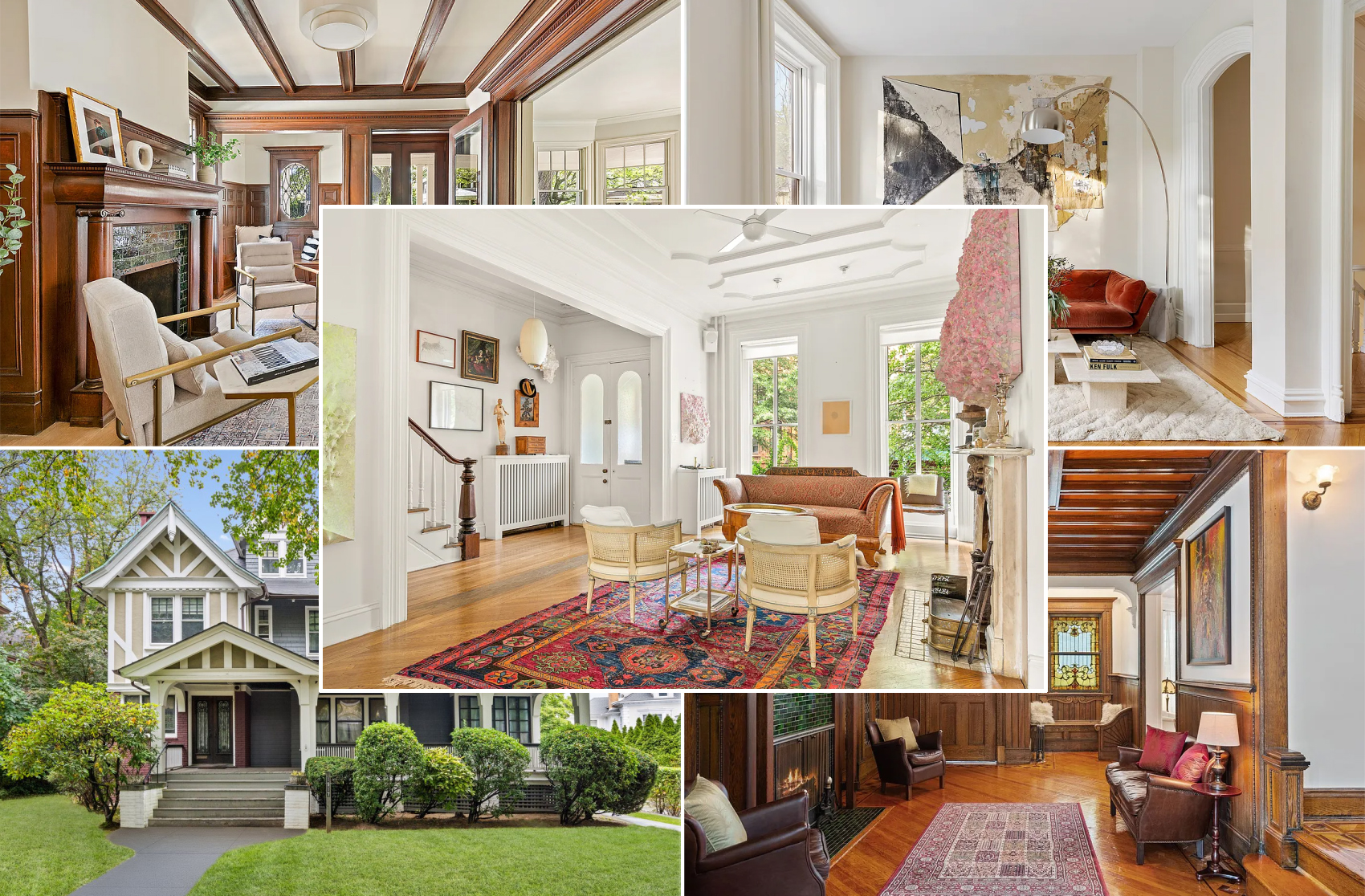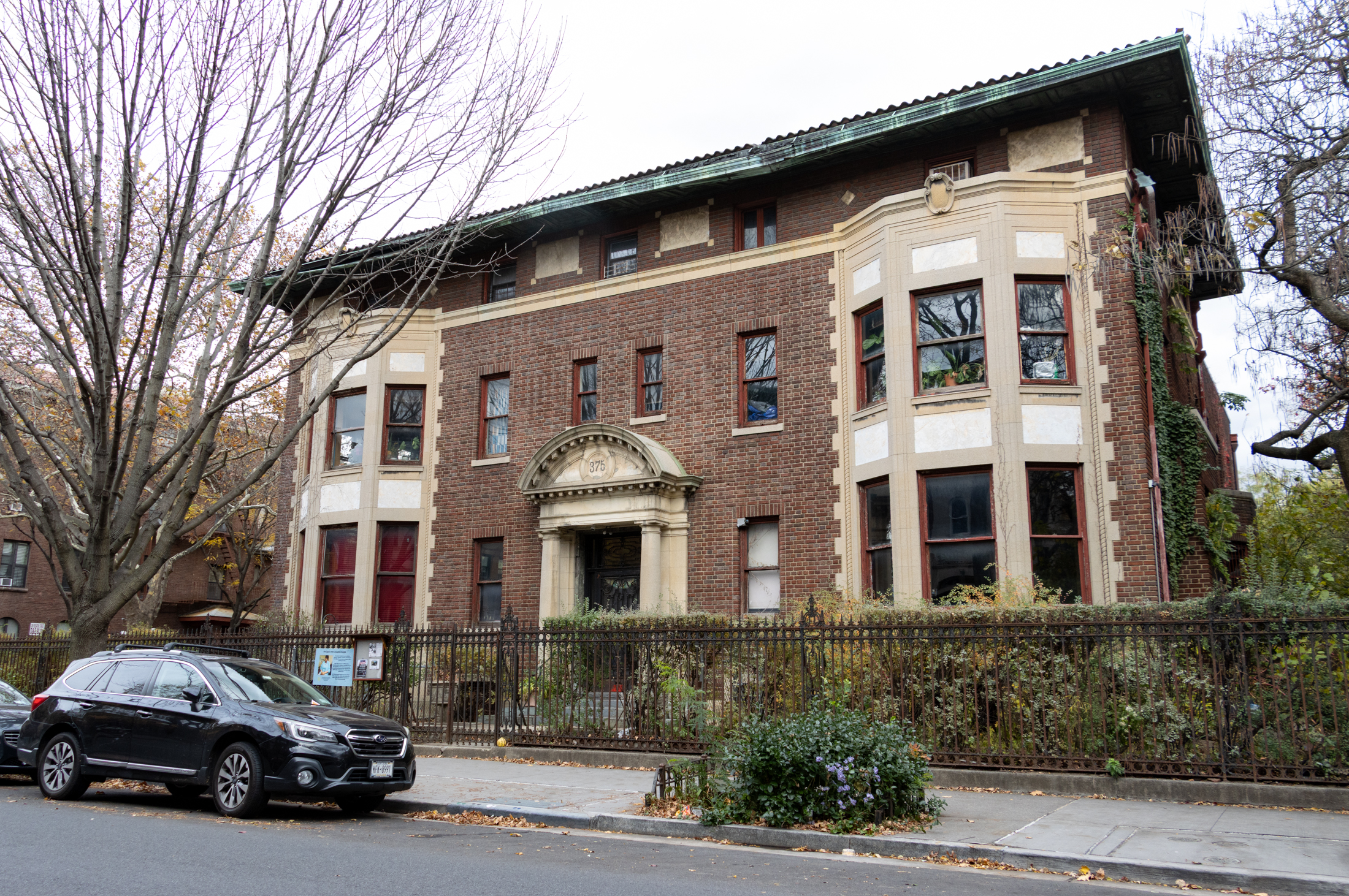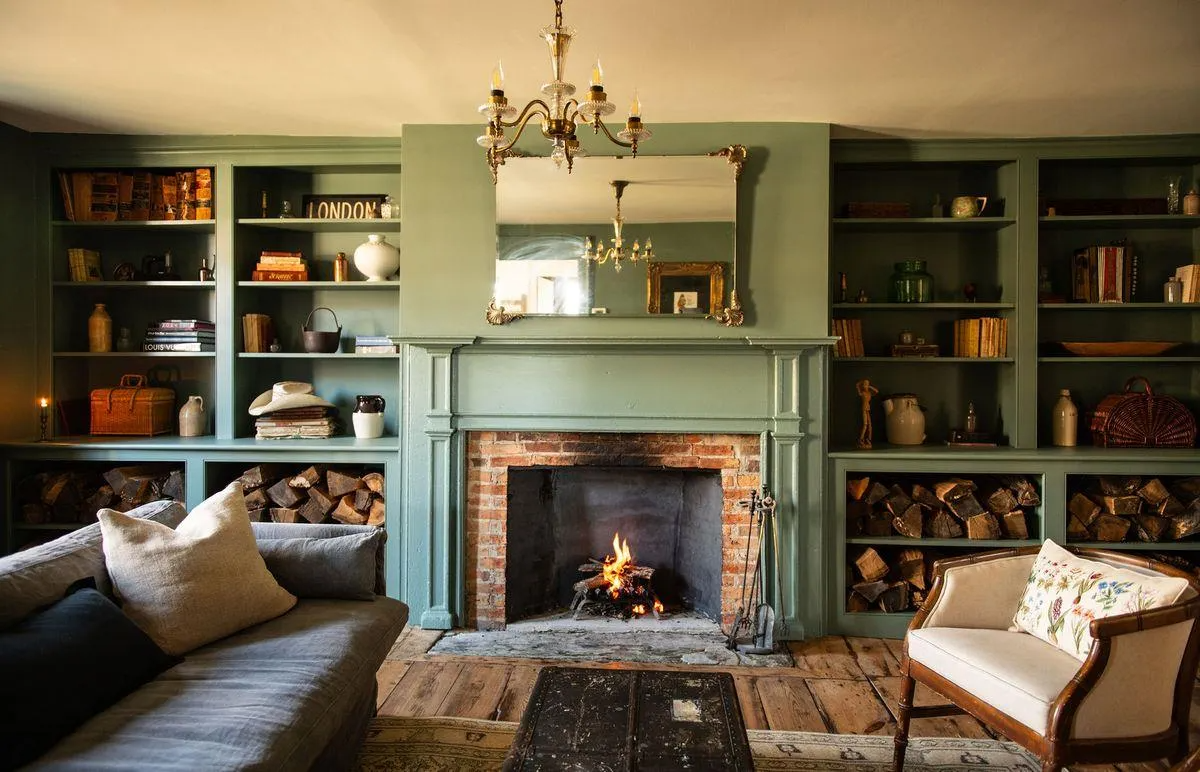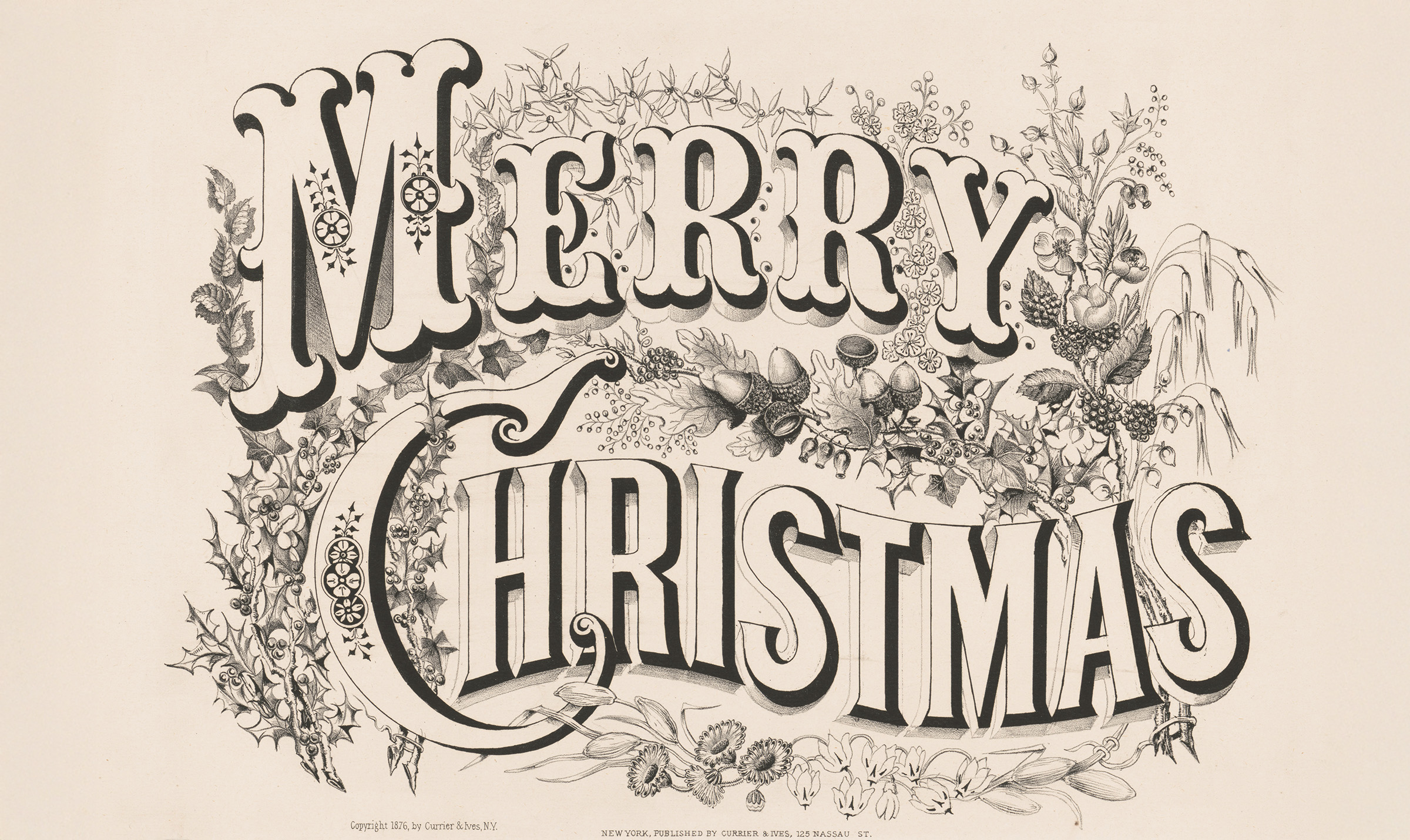Open House Picks
Park Slope 398 Bergen Street FKG Real Estate Sunday 1-3 $1,875,000 GMAP P*Shark Park Slope 99 St. Marks Place Aguayo & Huebener Sunday 1-3 $1,595,000 GMAP P*Shark Bedford Stuyvesant 119 Bainbridge Street Brooklyn Properties Sunday 12-2 $1,300,000 GMAP P*Shark Crown Heights 1190 Dean Street Brown Harris Stevens Sunday 12-1:30 $985,000 GMAP P*Shark

 Park Slope
Park Slope
398 Bergen Street
FKG Real Estate
Sunday 1-3
$1,875,000
GMAP P*Shark
 Park Slope
Park Slope
99 St. Marks Place
Aguayo & Huebener
Sunday 1-3
$1,595,000
GMAP P*Shark
 Bedford Stuyvesant
Bedford Stuyvesant
119 Bainbridge Street
Brooklyn Properties
Sunday 12-2
$1,300,000
GMAP P*Shark
 Crown Heights
Crown Heights
1190 Dean Street
Brown Harris Stevens
Sunday 12-1:30
$985,000
GMAP P*Shark





I lived in Park Slope from 1970–1974 (and closed on my house in PLG in Oct. ’74). IMO the biggest difference in brownstone prices then and now is that almost no one wanted a brownstone in ANY neighborhood then. Brownstones were not really part of the regular RE market.Thus prices were extremely low, compared to more desirable “modern” houses in the suburbs. This to such phenomena as Everett Ortner’s “schoolteachers’ coup” that benefitted the so-called ‘urban pioneers.”
It seems that a lot of people here are talking about a different reality. A time when many parts of Brooklyn, despite being part of NYC, were not considered by many professional NYkers as a safe/vibrant place to live. That historic perspective has gradually shifted in recent years, to a point where many people work, live, shop, dine, etc in Brooklyn without ever going to manhattan. For the lack of a better word, there’s a trend towards manhattanizing certain parts of Brooklyn with NYC’s largest capital investments planned right here over the next 5-10 yrs. I respect comparisons to the 70s, 80s, & 90s, but you have to look at the other secular trends that were not at play decades ago that’s shifting persceptions about Bk living. Beside capital investments, the significantly lower crime rate (NYC is now the safest large city in the US), the demographic inflow (back in the 70s, no one forcasted that one million people would be moving to nyc over the next decade), or even LPC’s increased focused in landmarking Bk. Granted some familities wanting to find room to raise a family may indeed not be able to afford to buy a brownstove in CH/BS, but those can’t certainly find an rental apartment big enough in manhattan & permit them to save to buy a house or build a college fund either. Bottom line, is that they are different macro realities that have changed the lifestlye & demographic of the city in recent time, which makes NYC what it is today. If those factors revert back, then we can compare to the 70s. I’m sure some will disagree, but only time will tell.
so anyone knows whats wrong with st marks pl?
the only low income people left in park slope, 12:41 are those who are rent stabilized or rent controlled. please don’t be so closed minded to see that.
very few low income people live north of 15th street and east of 4th avenue. i don’t see a studio in that entire stretch i just mentioned for less than 1500 a month. that is not rent for a low income person. not even in new york.
those older folks are in a different class that the supposed low income you think we’re blind to. my neighbor pays 300 bucks a month cause she’s lived here 45 years. while she might have a low income on paper, she also has reaped the benefit of sticking it out in a once pretty bad neighborhood and now lives quite well and benefits from all those years of dedication to a place she loves.
12:41 you miss my point. Low income people aren’t invisible. They just don’t affect the quality of life of the neighborhood, and they didn’t back in 1984 when I lived in south slope and 5th ave. was rough. That’s the whole “tipping point’ argument — a neighborhood doesn’t have to be all rich to be nice — in fact, it’s better with some diversity. Manhattan neighborhoods have low income apartment houses, too, and that doesn’t affect the quality of life.
But when there’s little middle class, with the majority of residents very poor, and no amenities yet, it doesn’t make people want to pay a million bucks to live there when they can buy something in a more middle class neighborhood in Queens for half the price. Yes, they’d prefer the Brooklyn neighborhood, but if the price somewhere else is that much lower, they will settle for somewhere else.
12:32 the richest American’s income has increased many times more than that of the middle class.
Just because there are more rich people who regularly pay 10+ million for a Manhattan abode that used to cost $1 million doesn’t mean that a typical family who used to pay $200,000 for a home can now pay $2 million. Sorry, I wish it were so, but it’s not.
You are correct, those homes are a bargain compared with the 2.5 million dollar price tag of a Park Slope home. The problem is, that doesn’t make it a bargain for someone making $150,000/year. Maybe, if they finance right, hold their breath, don’t have any repair bills, etc., they MIGHT be able to buy a house in a fringe neighborhood. But not so long ago, people with that same relative income could buy a house in neighborhoods like Windsor Terrace and find they had money left over because their housing costs were so affordable. And THAT’s why they bought there.
I’m just saying these kind of high prices in fringe areas are pricing out lots of people who might have lived there if it were a bargain. Instead, they are going somewhere else (Yes, out of Brooklyn). And telling them that a million dollars is cheap because Manhattan brownstones cost 10+ million doesn’t really make a difference since they can’t afford either price.
You can’t compare like that 12:32. It just shows how completely out of touch with reality you are. When you are comparing 2.5 and 3.5 million dollars apartments or homes compared to 1 million dollars homes now, you are not realizing that those expensive homes make up like 2% of the homes in the country…sure…more here in New York, but these are REALLY REALLY expensive homes for a minute percentage of the highest earners in the COUNTRY. The average apartment price, even in NYC is like a little over a million bucks. You are referring to things 2 and 3 and a whole lot more times the average price…even in this insanely expensive city.
Comparing that to the 300K, 400K or 150K bargain is what literally most of the homes and what most of the population can afford.
You’ve become so ensconced in your affluence that you don’t realize that despite the housing prices, those that are extremely wealthy are a small number of people.
Crown Heights has left out the middle class. period. No one buying million dollar homes…or even 750K thousand dollars homes are what I would consider middle class.
I know it means something different than what is used to, but the average income in New York City is still around 50K a year.
It wasn’t “solid” middle class throughout, 12:23. There are STILL low income apartment buildings in Park Slope to this day. I personally have walked into houses for sale for $2.5 million chopped up into grubby low income apartments, used as low income apartments until very recently. Park Slope since the 70’s started getting more new residents who were middle class academics and artists and professionals, yes definitely. But it was absolutely very mixed with low income people all the way through the 90’s. They’re still there too, they’re just invisible to you it seems.
12:17 poster again — it makes me laugh to read all the posts saying how bad 5th Ave. was. Yes, it was bad until the late 1990s. But guess what? The houses near 5th ave were CHEAP!!! Duh, that’s why people bought them.
Now you seem to think fringe areas should only be affordable to people who buy million dollar homes because it’s cheaper than Manhattan. But that doesn’t make them affordable to the vast majority of professional people. Park Slope, Windsor Terrace, etc., WERE affordable to those people when 5th Ave. was bad. Bed stuy and Crown Heights are NOT affordable, and certainly not a bargain a family is going to snap up, with prices like these.